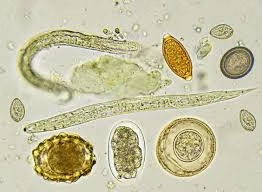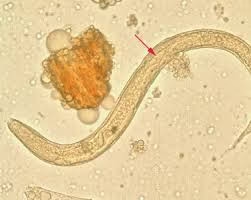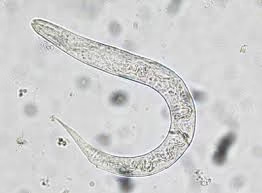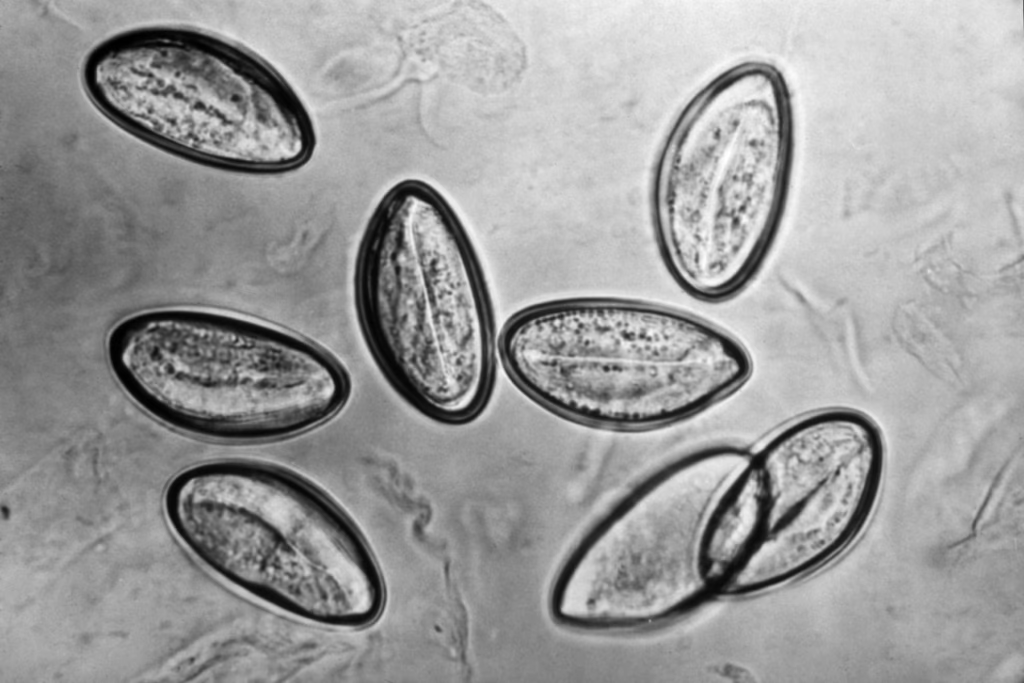
Introduction Malaria is a potentially life-threatening disease caused by protozoan parasites of the genus Plasmodium. It is transmitted primarily through the bites of infected female Anopheles mosquitoes, which inject sporozoites Read More …
Simplifying Allied Health Learning.

Introduction Malaria is a potentially life-threatening disease caused by protozoan parasites of the genus Plasmodium. It is transmitted primarily through the bites of infected female Anopheles mosquitoes, which inject sporozoites Read More …

Introduction Intestinal nematodes (roundworms) are among the most common parasitic infections worldwide, affecting millions of people, particularly in tropical and subtropical regions. Their laboratory diagnosis involves a combination of methods Read More …

Introduction Strongyloides stercoralis is a parasitic nematode (roundworm) that causes strongyloidiasis. It is unique among intestinal helminths because it can complete its life cycle inside and outside the human host. Read More …

Introduction Ancylostoma is a genus of parasitic hookworms that infect the human intestine, primarily causing hookworm disease. The infection is commonly caused by Ancylostoma duodenale and Ancylostoma braziliense, responsible for Read More …

Introduction Enterobius vermicularis, commonly known as the pinworm, is one of the most common intestinal nematode parasites affecting humans, particularly in children. The infection caused by this parasite is known Read More …